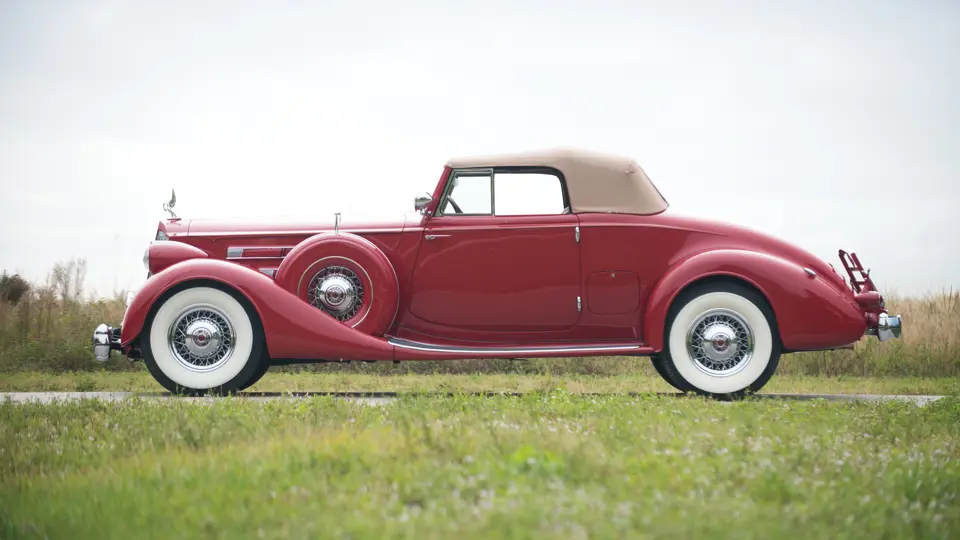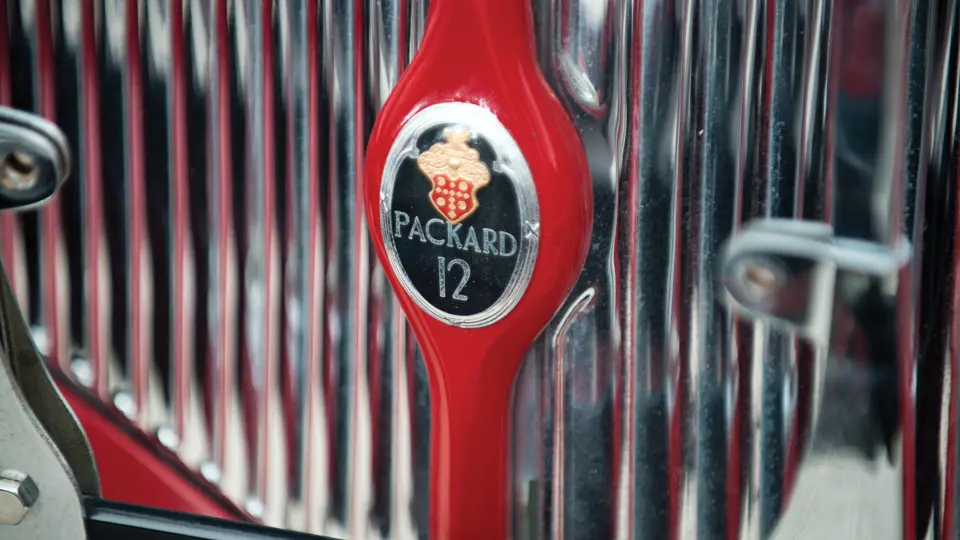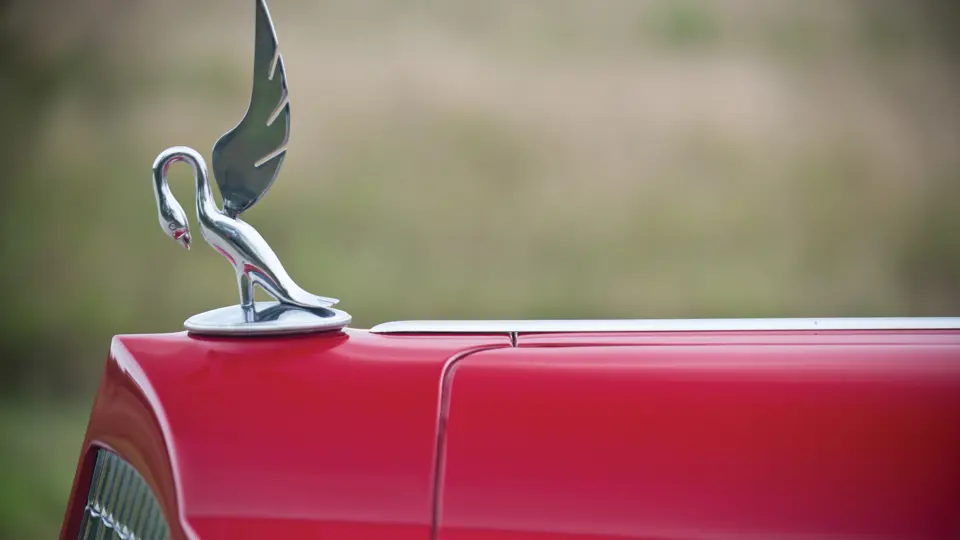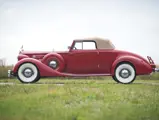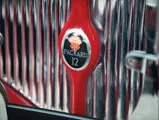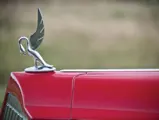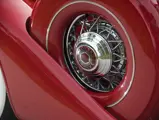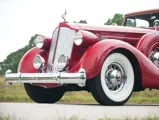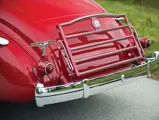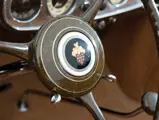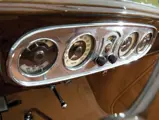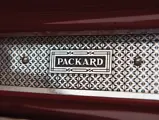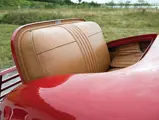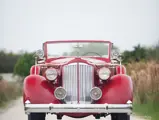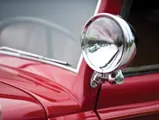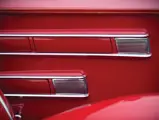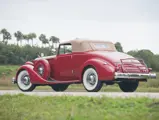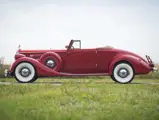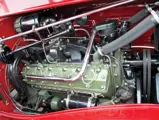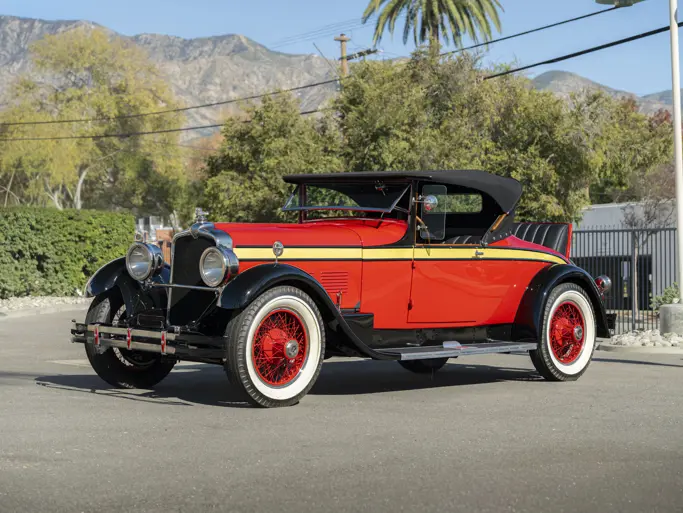Series 1407. 175 bhp, 473 cu. in. side-valve V-12 engine, three-speed synchromesh manual transmission, front beam axle with semi-elliptic leaf springs, live rear axle with semi-elliptic leaf springs, and four-wheel vacuum-assisted mechanical drum brakes. Wheelbase: 139 in.
Like other luxury manufacturers, Packard responded to Cadillac’s 12- and 16-cylinder volleys with more cylinders of its own, in this case, a 445.5-cubic inch, 160 horsepower V-12. Upon its introduction in 1932, it was called the Twin Six, but given the refinements and advancements, such as double the horsepower of the original Twin Six, it was renamed the Twelve from 1933 until its discontinuation in 1939.
Initially designed by C.W. van Ranst with Tommy Milton and refined by Charles Vincent, brother of engineering head Col. Jesse Vincent, the Twelve boasted 322 foot-pounds of torque, which could propel coachbuilt sedans and limousines to 60 mph in 20 seconds. The nearly horizontal valve stems operated by a camshaft deep in the engine block through roller rockers on hydraulically-adjusted eccentrics, which produced a nearly silent result. In 1935, aluminum heads and a longer stroke boosted the engine displacement to 473-cubic inches and the horsepower to 175, putting 100 mph in reach.
The spectacular coupe roadster offered here represents the sportiest and, to many collectors, most desirable V-12 Packard offering of 1936. The present owner had a four-year long, nut-and-bolt restoration performed on the car by Automotive Restorations, of Connecticut, after which it was displayed at numerous major shows. Among its honors are Best of Show at the Greenwich Concours, as well as two firsts and a Best of Class at the Meadow Brook Concours; it scored 100 points in CCCA competition and holds Senior honors with that club, as well as the AACA. Today, it still presents in wonderful, “show ready” condition and is loaded with such accessories as dual spotlights, senior Trippe lights, a Packard radio, a heater, and high compression heads, the latter acquired as “new-old stock,” all of which work as-new. The older restoration remains at concours levels, and the silent-running engine is, indeed, still silent-running.
This is a lovely example of the car every Packard owner lusted for in 1936.





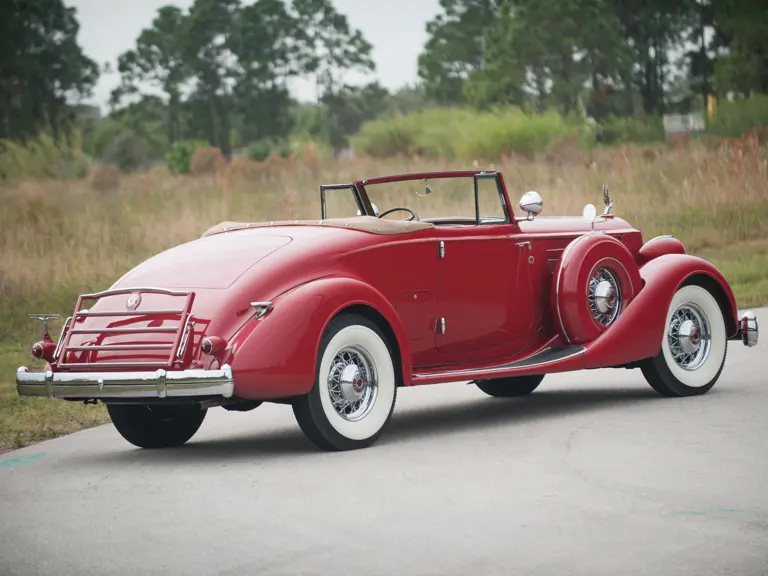
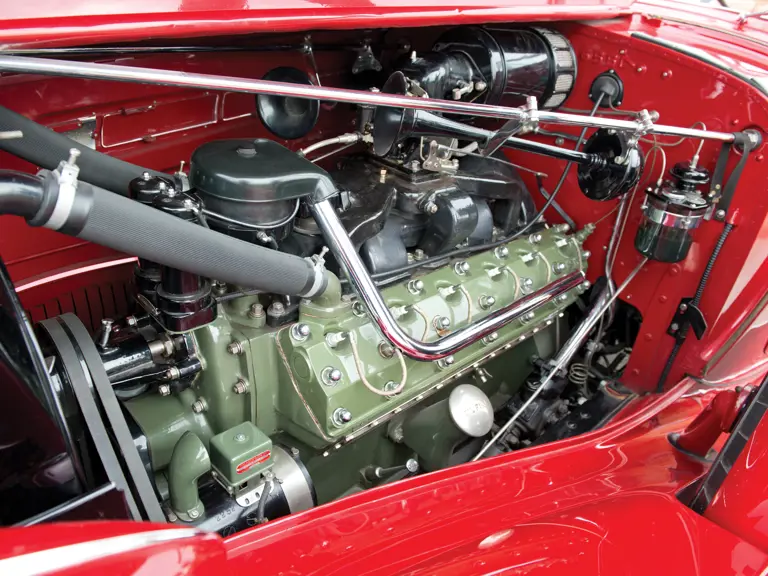
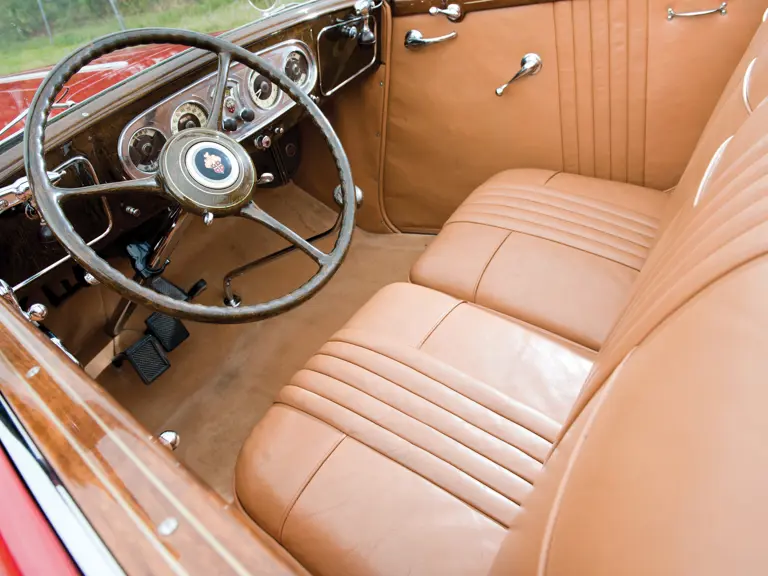
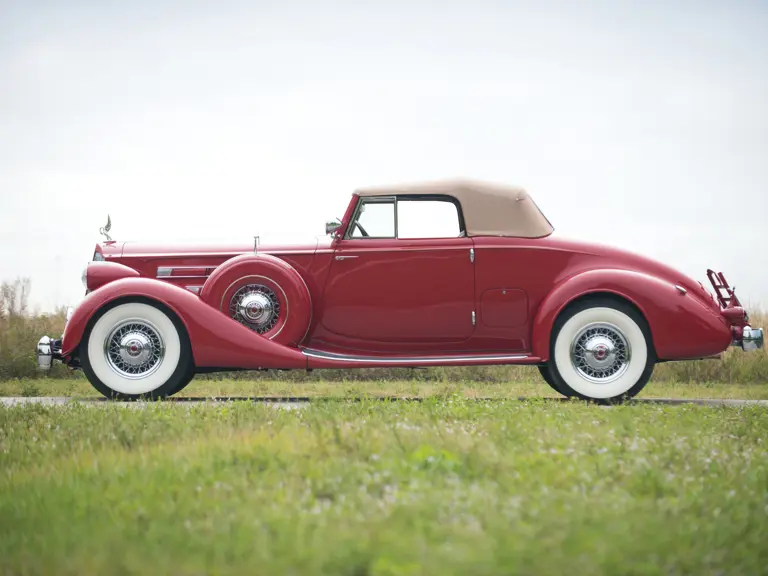

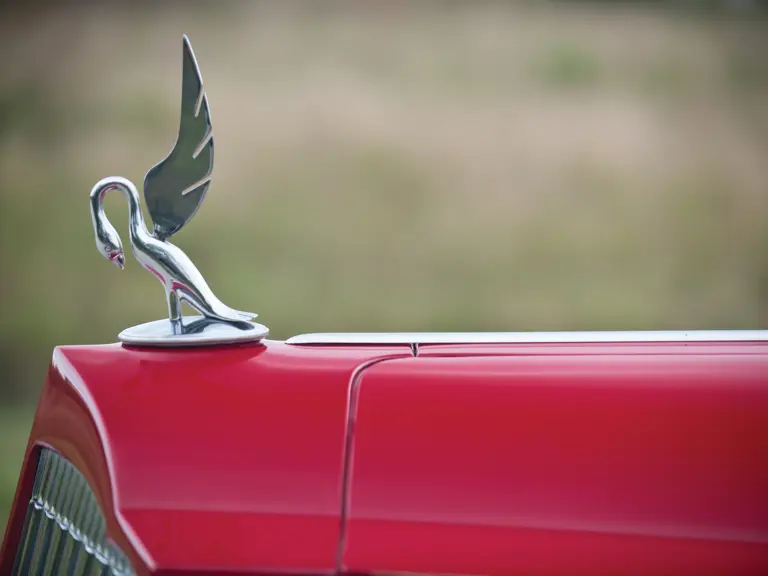
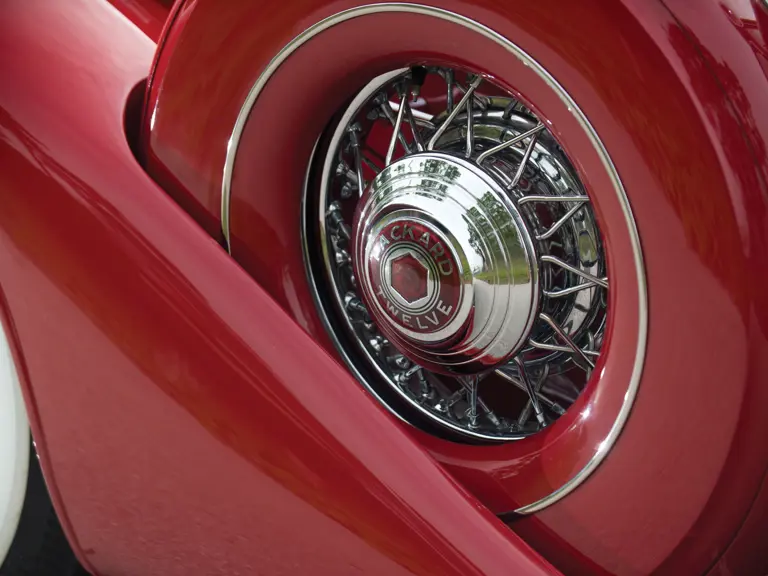


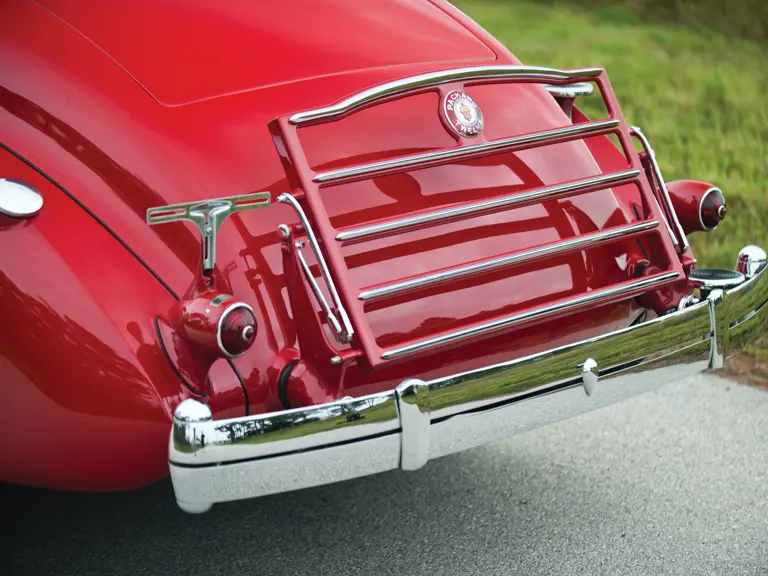
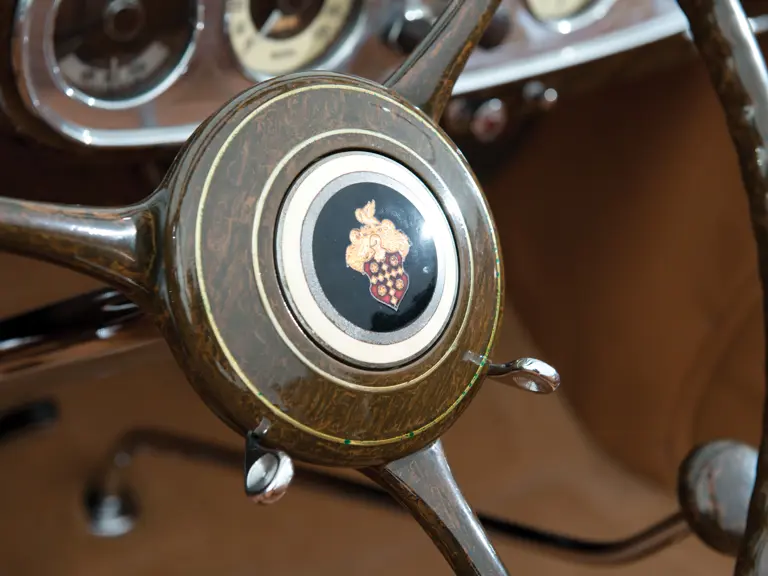
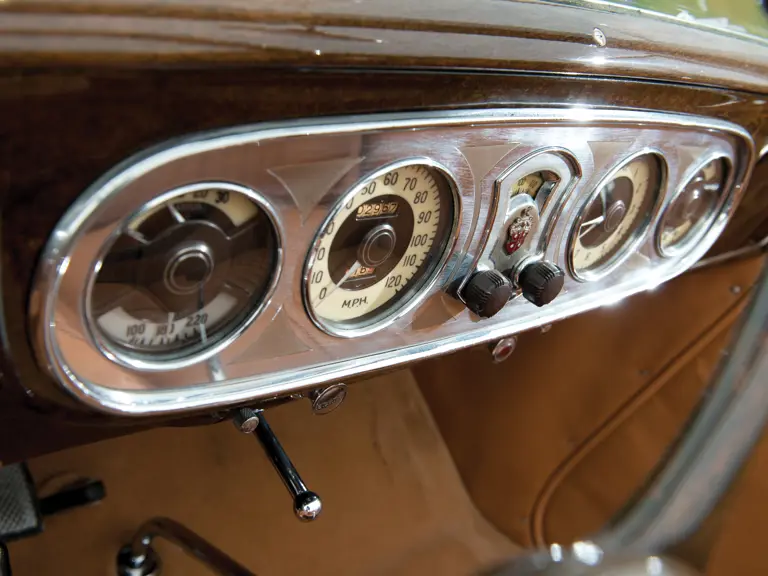


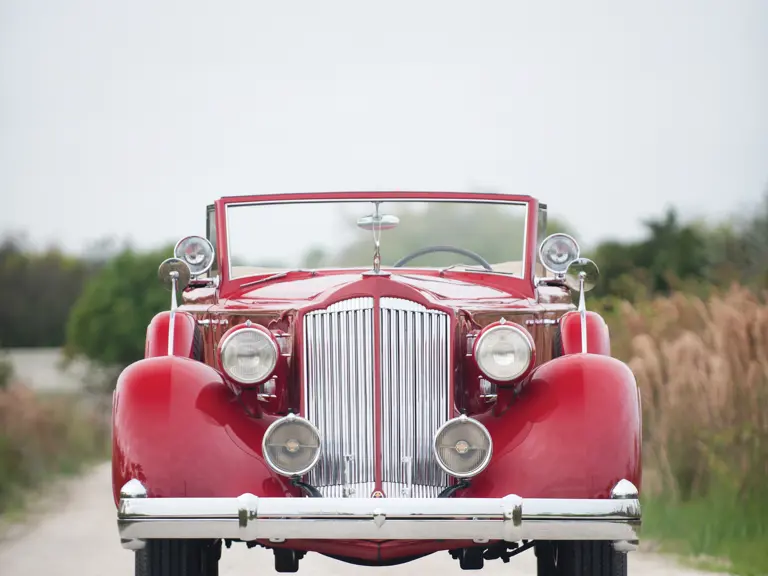
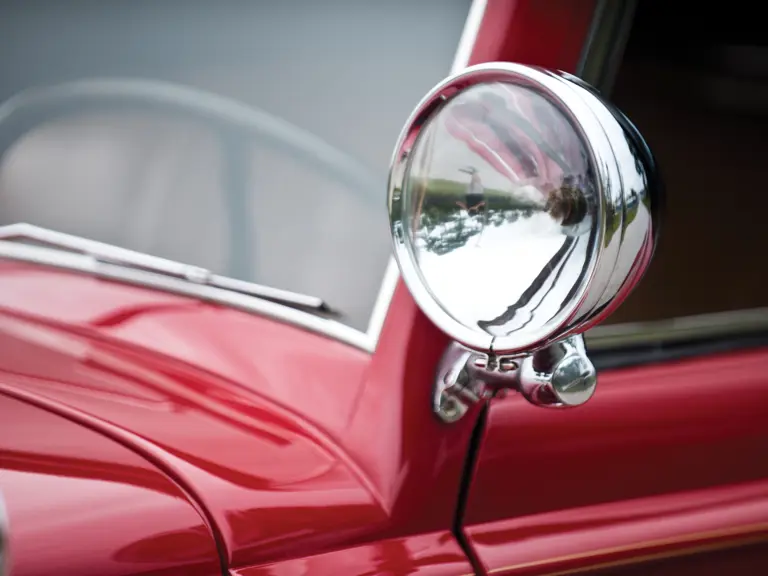
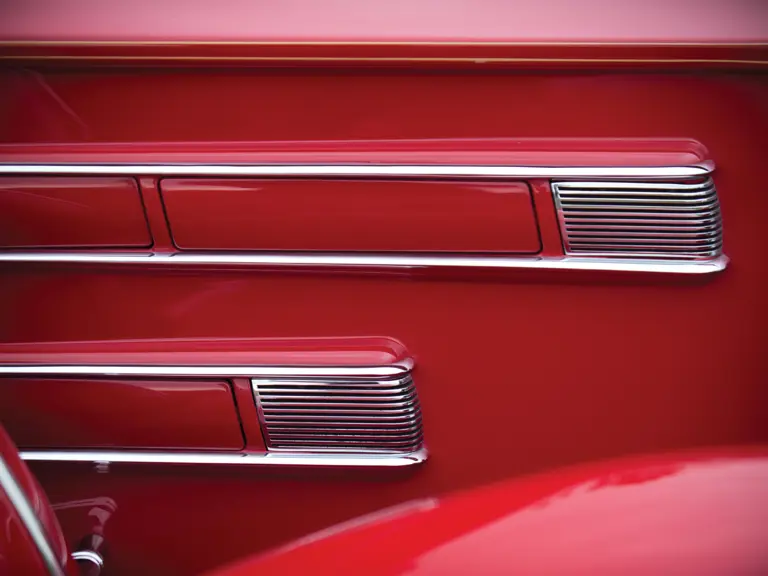


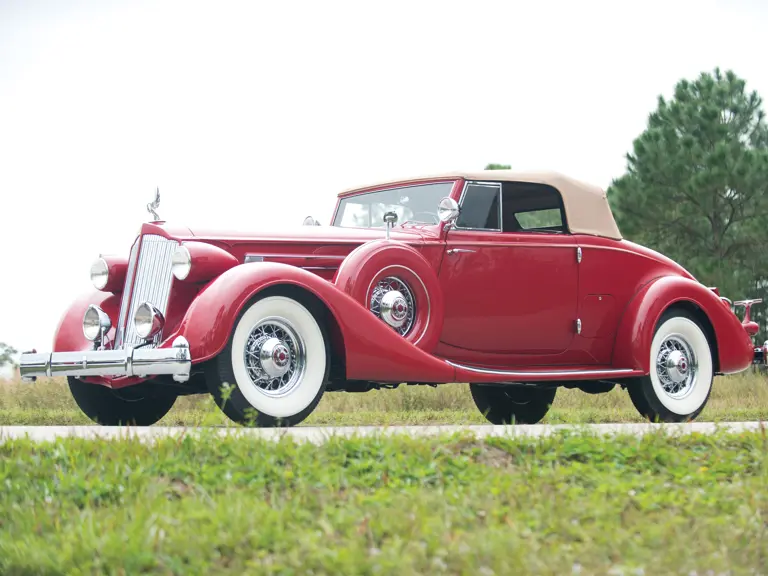
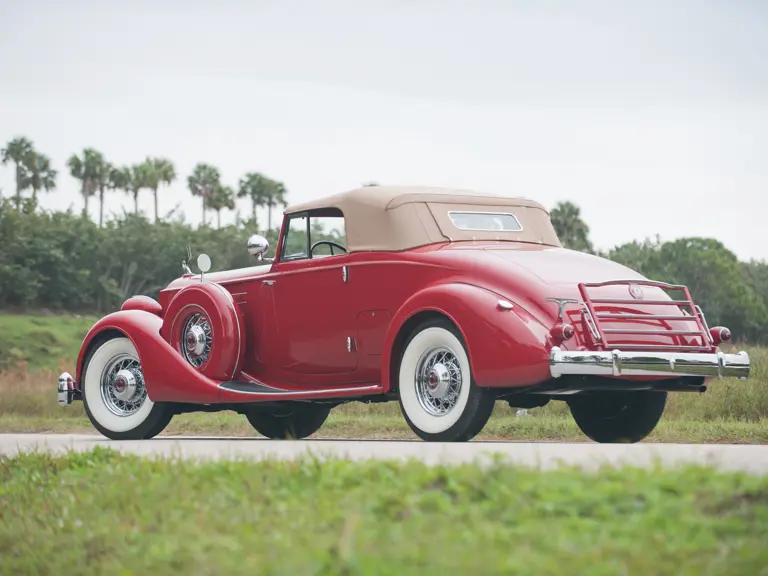
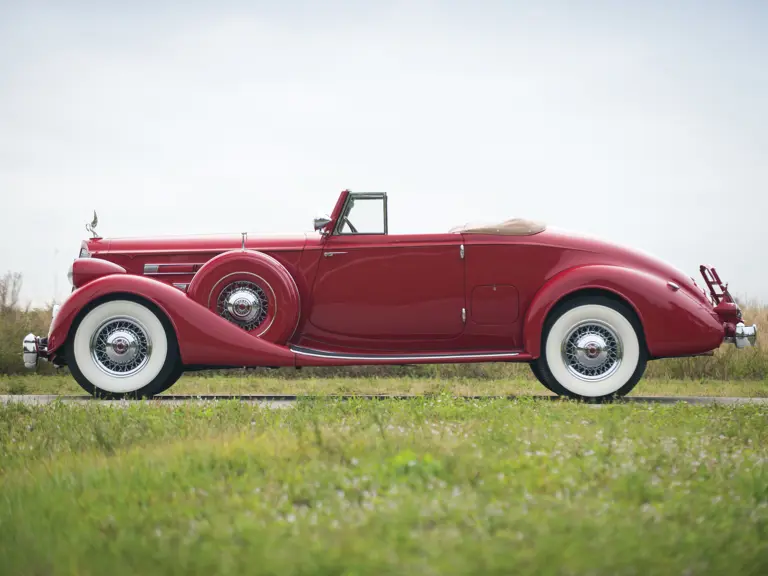
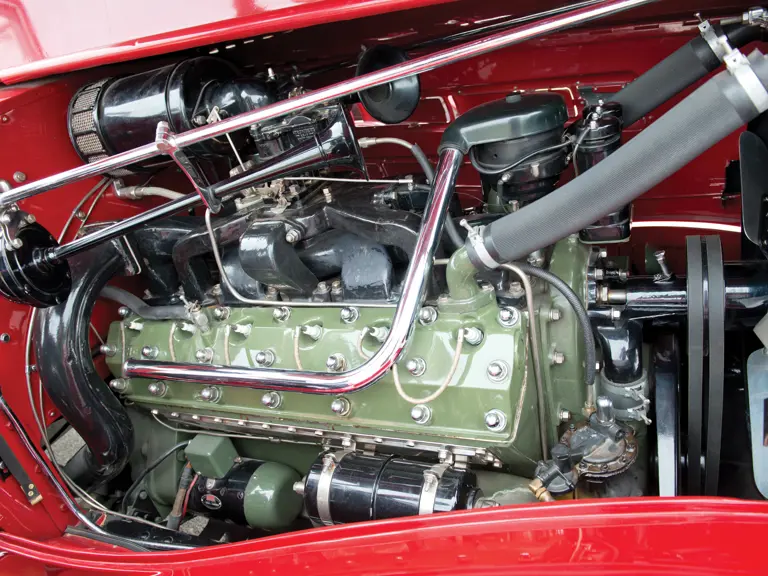
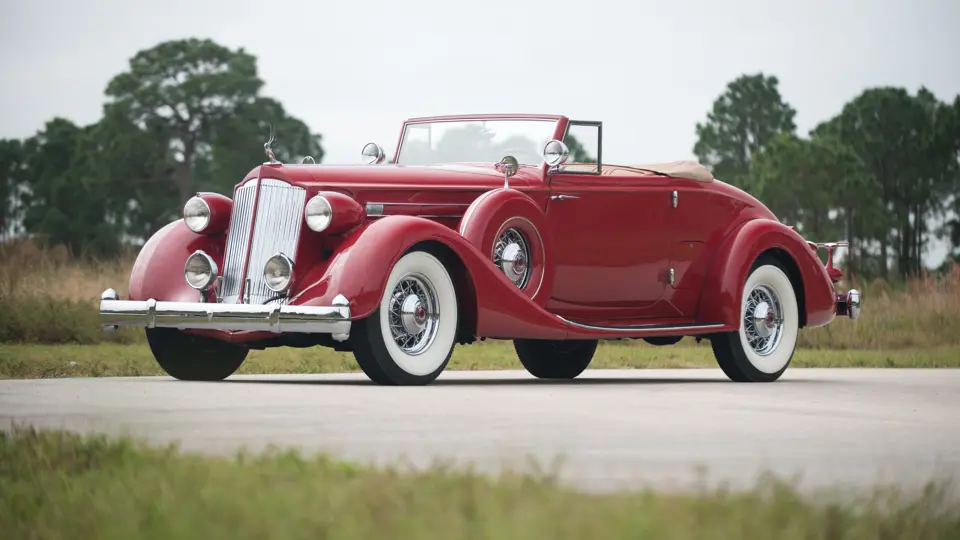
 | Amelia Island, Florida
| Amelia Island, Florida
